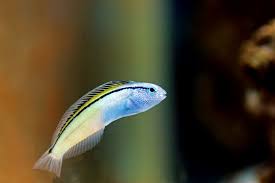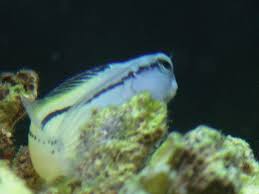
Contamination of land by toxic substances poses significant environmental and health risks, threatening ecosystems and communities around the world. However, nature offers a remarkable solution in the form of orchids, which have shown promise in protecting and restoring contaminated areas through phytoremediation. In this article, we explore the role of orchids in safeguarding and revitalizing polluted land and the methods employed to achieve this crucial task.
**1. Phytoremediation: Harnessing Nature’s Power**
Phytoremediation is a natural, cost-effective approach to remediate contaminated soil and water using plants. Orchids, with their ability to absorb and metabolize various pollutants, play a vital role in this process. Through a series of biochemical mechanisms, orchids can detoxify soil and water, breaking down or sequestering harmful substances and rendering them harmless or less toxic.
**2. Types of Contaminants Orchids Can Address**
Orchids have been found to effectively remediate a wide range of contaminants, including heavy metals, pesticides, petroleum hydrocarbons, and industrial chemicals. These pollutants, often the byproducts of human activities such as mining, agriculture, manufacturing, and urbanization, pose significant threats to environmental health and biodiversity. By absorbing and accumulating contaminants in their tissues, orchids help mitigate the adverse effects of pollution on soil, water, and ecosystems.
**3. Mechanisms of Orchid Phytoremediation**
Orchids employ various mechanisms to remediate contaminated environments, including phytoextraction, rhizofiltration, phytostabilization, and rhizodegradation. Phytoextraction involves the uptake and translocation of contaminants from soil or water into the plant’s aerial parts, where they can be safely stored or removed. Rhizofiltration utilizes the root system of orchids to filter pollutants from water, while phytostabilization immobilizes contaminants in the soil, reducing their mobility and bioavailability. Rhizodegradation involves the breakdown of organic pollutants by enzymes secreted from orchid roots, facilitating their degradation and eventual mineralization.
**4. Orchid Species with Phytoremediation Potential**
Several orchid species have demonstrated phytoremediation potential and have been studied for their ability to remediate specific contaminants. For example, *Phalaenopsis* orchids have been shown to accumulate heavy metals such as lead, cadmium, and arsenic, while *Dendrobium* orchids have exhibited the ability to remove organic pollutants from soil and water. Other orchid genera, including *Cymbidium*, *Oncidium*, and *Vanda*, have also shown promise in remediation studies, highlighting the diversity of orchids’ phytoremediation capabilities.
**5. Challenges and Considerations**
While orchids offer significant potential for phytoremediation, several challenges must be addressed to maximize their effectiveness in contaminated sites. These include the selection of appropriate orchid species for specific contaminants and environmental conditions, the optimization of growth conditions to enhance remediation efficiency, and the management of potential risks associated with the release of contaminants from plant tissues. Additionally, long-term monitoring and maintenance of remediated sites are essential to ensure the sustainability of orchid-based remediation efforts.
**6. Case Studies and Success Stories**
Numerous case studies have demonstrated the efficacy of orchids in phytoremediation applications. For example, orchids have been successfully used to remediate mine tailings contaminated with heavy metals in regions such as Southeast Asia and South America. In Taiwan, *Phalaenopsis* orchids have been employed to clean up wastewater from aquaculture ponds, reducing nutrient levels and improving water quality. These success stories highlight the potential of orchids to address diverse environmental challenges and contribute to sustainable land management practices.
**7. Future Directions and Research Opportunities**
As interest in phytoremediation continues to grow, there is a need for further research to explore the full potential of orchids in environmental remediation. Future studies could focus on identifying novel orchid species with enhanced remediation capabilities, optimizing growth conditions and cultivation techniques to maximize remediation efficiency, and developing integrated approaches that combine orchid-based phytoremediation with other remediation technologies. Collaboration between scientists, environmental engineers, and horticulturalists will be essential to advance the field of orchid phytoremediation and address the complex challenges of environmental pollution.
**Conclusion**
Orchids represent a powerful ally in the fight against environmental pollution, offering a natural and sustainable solution to remediate contaminated land and water. By harnessing the unique phytoremediation capabilities of orchids, we can protect ecosystems, safeguard human health, and restore degraded environments for future generations. Through continued research, innovation, and collaboration, orchids have the potential to play a significant role in building a cleaner, healthier, and more sustainable world.









